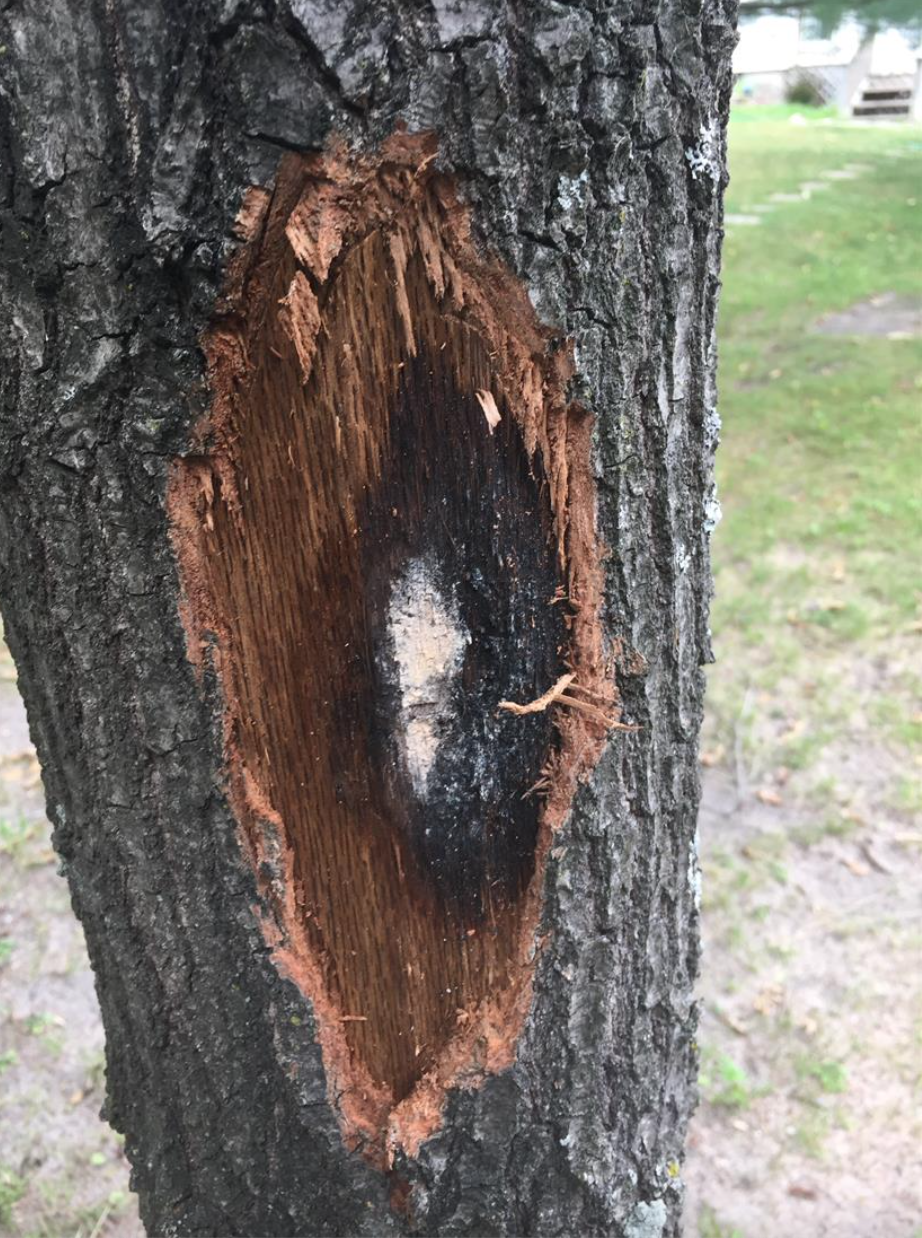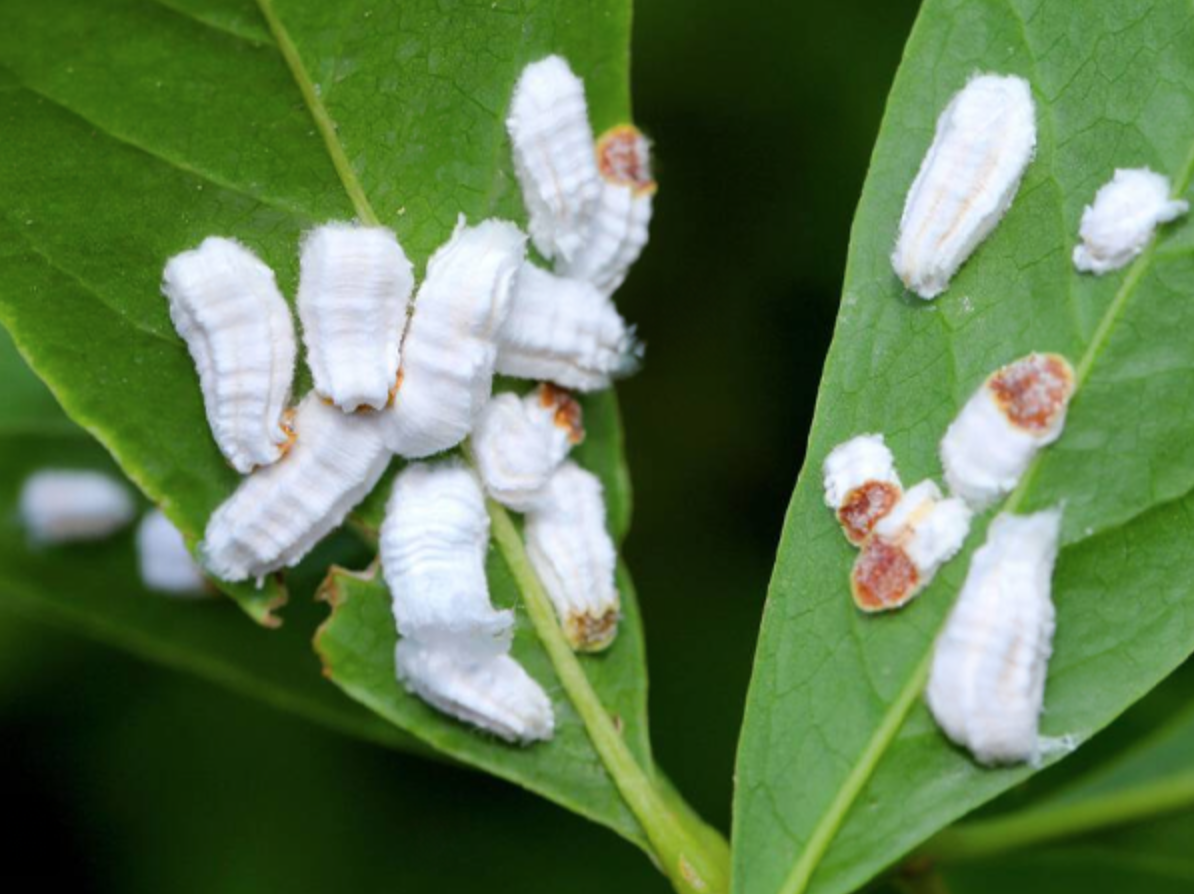Deep root fertilization isn’t your typical sprinkle-and-hope approach. Unlike standard surface fertilizing, this method uses special equipment to inject a custom nutrient blend directly into the soil around your tree’s root zone, where it can actually do its job.
In Minnesota, where soil can be compacted and nutrient-poor, this can make a real difference. It’s especially helpful for urban and suburban trees competing with lawns, sidewalks, and compacted yards.
How is Deep Root Fertilization different from regular fertilization methods?
When you spread fertilizer on your lawn, a lot of it never reaches your trees’ roots. Turf grass, hard soil, and rainfall runoff can block nutrients or wash them away. Deep root fertilization bypasses all that by delivering nutrients exactly where roots absorb them best, 8-12 inches below the surface.
This feeds the tree directly, improves soil structure, encourages stronger root growth, and helps your trees handle stress better.
Why Mid-Summer Is the Ideal Time
Trees do most of their heavy lifting in the summer. They’re fully leafed out, using energy to grow, and fighting off pests and diseases. Mid-summer deep root feeding gives them an extra boost when they need it most.
Read Our Other Blogs
Here’s why summer is the best time to do deep root fertilization:
Boosts root and canopy growth: Encourages strong roots and fuller, greener foliage.
Helps trees handle drought: Well-fed roots hold moisture better during dry spells.
Strengthens natural defenses: Healthy trees are more resilient to pests and common Minnesota diseases.
By fertilizing now, you’re not only helping your trees recover from early summer stress, but also setting them up for a healthy fall and a stronger start next spring.
Who Benefits From Deep Root Fertilization?
Deep root fertilization isn’t just for struggling trees. Instead, it’s a smart investment for a variety of situations. Here’s when it really pays off:
Mature trees showing signs of stress:
Older trees often struggle with compacted soil and nutrient deficiencies after decades in the same spot. If you notice thinning canopies, smaller leaves, or dead branches, deep root feeding can help restore vitality and extend their lifespan.
Trees in high-traffic yards:
In the Twin Cities suburbs, yards see plenty of foot traffic, mowers, and soil compaction. Trees in compacted urban soil can’t absorb nutrients well. Deep root injections get through the hard-packed earth to feed roots directly.
Newly planted trees:
Young trees need all the help they can get to establish healthy root systems. A deep root feeding in the first few years gives them the boost they need to adapt, especially in Minnesota’s unpredictable weather.
Ornamental trees:
If you have beautiful shade trees, flowering ornamentals, or statement evergreens that add value and curb appeal to your home, deep root fertilization keeps them healthy, lush, and resistant to pests and diseases.
No matter your yard or tree type, deep root fertilization is about giving your trees what they can’t always get from the surface, and Birch Tree Care is here to help you do it right.
Why Work with Us at Birch Tree Care
At Birch Tree Care, we’ve spent more than a decade helping homeowners across the Twin Cities, from Maple Grove and Minnetonka to Eden Prairie and Wayzata, keep their trees healthy and resilient. Our ISA Certified Arborists customize each deep root feeding to your yard’s soil, your tree species, and the conditions unique to Minnesota’s climate.
Want to see the difference healthy roots can make? Contact our team to talk about a deep root fertilization plan that will help your trees thrive this summer, and look their best for years to come.






























